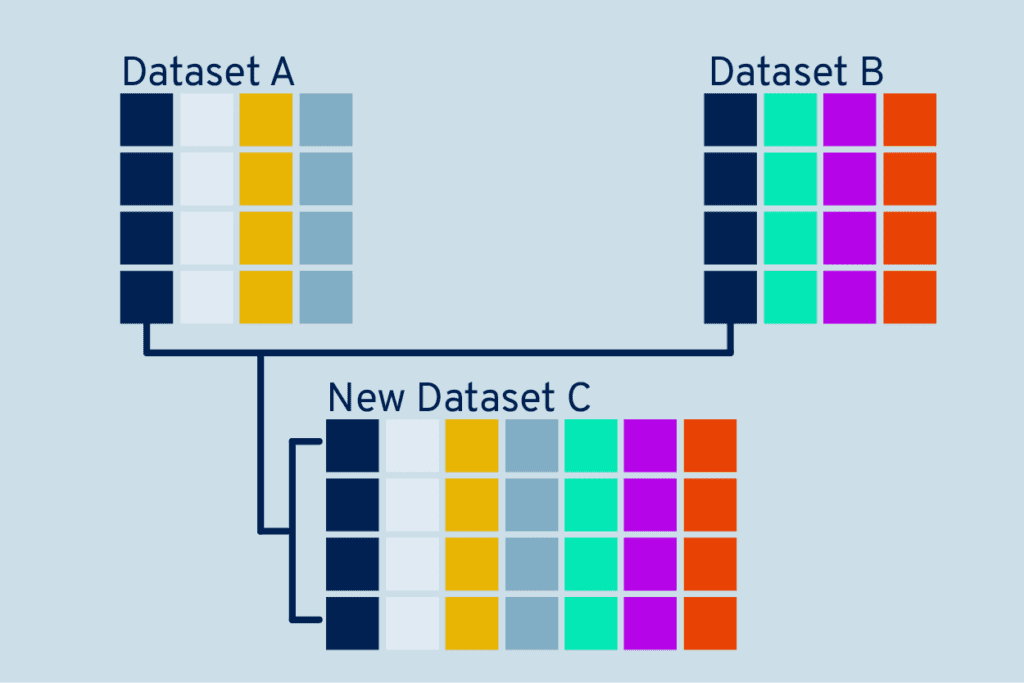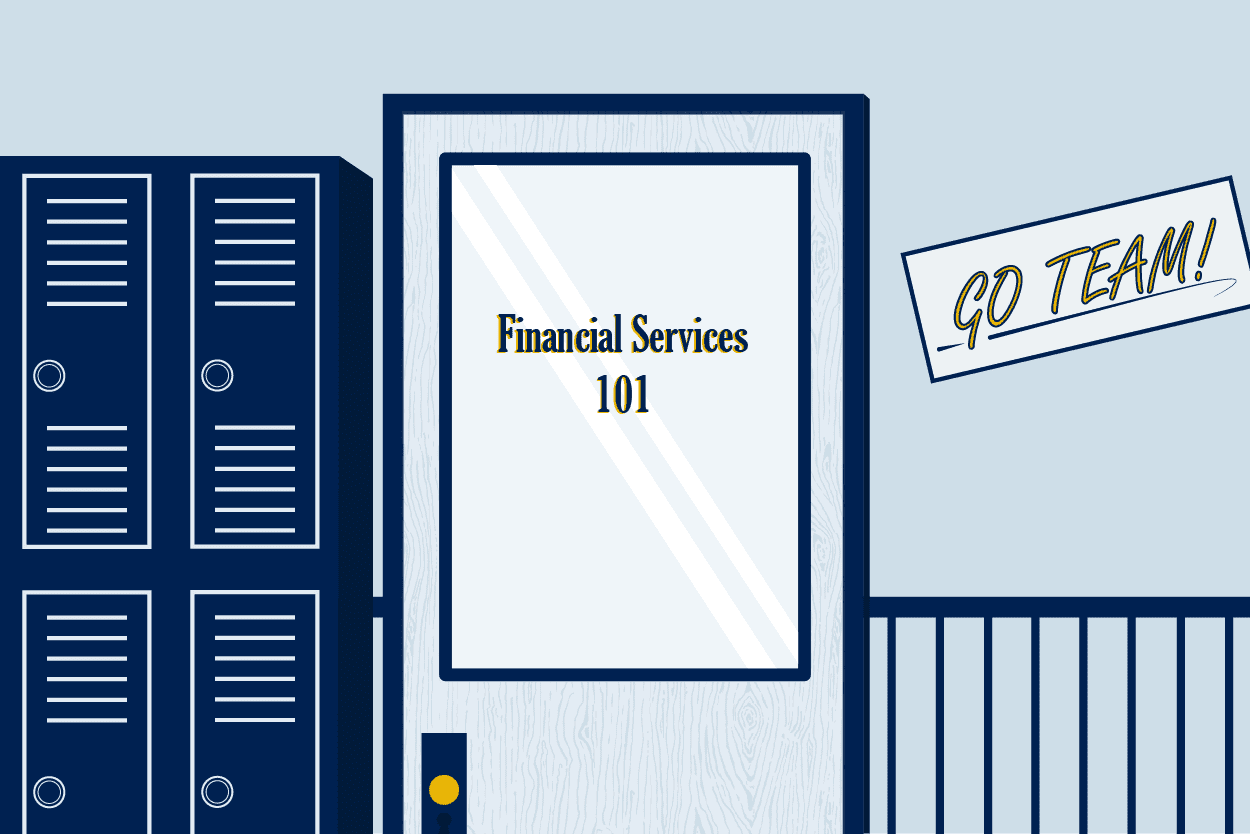What is data wrangling?
The term includes several processes that transform raw data into more easily used formats, according to Harvard Business School. It can include data remediation or data munging. Data wrangling can mean merging groups of data from different sources into one data set to be analyzed, correcting gaps in data by filling them in or deleting them, removing unnecessary data from a set, and finding outliers in the data and addressing those. The wrangling process can be manual or automated, depending on the size of the data and the resources of the company performing the action.
Other sources’ definitions include structuring and enriching data; removing errors, reorganizing, transforming and mapping data; aggregation and visualization; and manually converting the data. While there are some differences in its definition, data wrangling is generally about collecting and organizing data in some way.
Why do I need it?
The goal of data wrangling is to assure quality and valuable data, fit for purpose particularly in data science and analytics. The bottom-line, most important reason for doing it is to have a basis for research and analytics. Research and analytics will go much faster with error-free and complete data produced by such a process.
You also need data wrangling to help make data usable, supply intuitive user interfaces with data flows and process larger volumes of data. Without it, your data may end up unusable and the models you base on that data will be inaccurate. If your data is going into data science or machine learning projects, those projects won’t work correctly either.

What is data wrangling vs data cleansing?
Data cleaning is not the same thing as data wrangling, but both functions should be done before data is fed into models for analysis. Data cleaning needs to be done first, so you’re not providing incorrect data into the wrangling process. Data cleaning is a process of detecting, then eliminating incorrect data. It also referred to as data preprocessing in AI and data science circles, focused on ensuring you have a normalized data set. In contrast, data wrangling focuses on changing the data by transforming data into a usable form for the intended purpose or usage. However, the terms are sometimes used interchangeably.
Cleansing and standardizing data allows you to distribute that data and for it to be trusted by recipient users and systems. Data wrangling ensures the data is ready for use in a specific use case, such a performing analytics across multiple data sets. This gives businesses the ability to make decisions informed by data. The sooner and easier that data is ready for use, the more valuable it is for the business. This is why many firms adopt a central data management approach.
How do I create a thorough data wrangling operation?
To make sure your data wrangling operation is thorough, you should use certain techniques, which include:
- Enterprise-wide data integration – capability to manage data from all sources: internal or external; on-premise or cloud environments: structured or unstructured data formats
- Multiple techniques, including machine learning (ML) and artificial intelligence (AI) techniques to optimize the effectiveness of wrangling processes – i.e. to leave as few exceptions as possible that need to be manually resolved
- Optimum integration for making the fit-for-purpose data available to consumers and downstream consuming systems
- Comprehensive data cleansing and standardization/harmonization capabilities can be included in the data wrangling operations (e.g. if it sits within a full data management platform) or there must be a smooth integration between the sources of cleansed data sets and the system
- User-configurable workflows (i.e. a low-code/no-code environment) will help with adoption and return on investment
- Rich meta data documentation, to ensure data is tagged at the most granular level, for efficient data lineage and aggregation
Try to get as many of these features in a platform as you can find.
Conclusion
Now that we’ve addressed these fundamental questions needed to understand what data wrangling is, and what it’s for, we hope you have a better understanding of what’s entailed in performing this function. It is indispensable for an accurate, organized picture of the activities of an investment or financial business.


